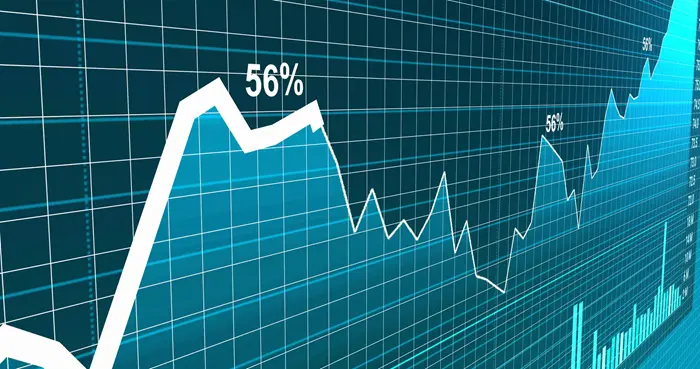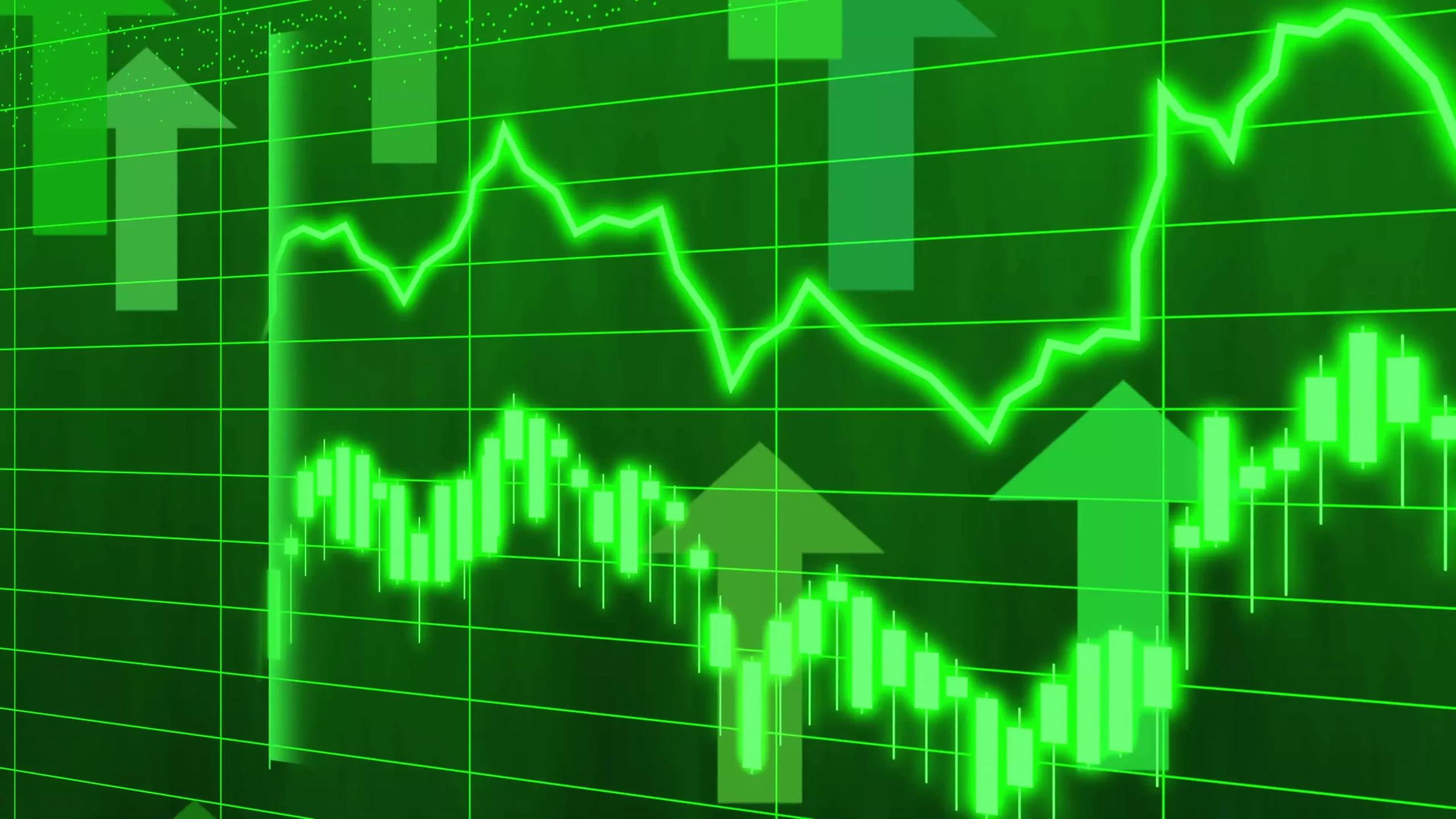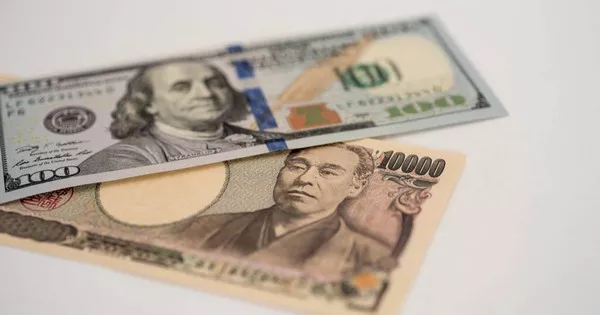US stocks fell sharply on Tuesday evening following Donald Trump’s decision to impose 104% tariffs on China.
The rally proved short-lived, with the S&P 500 going from a gain of more than 4% to a 1.6% drop as investors’ hopes of a last-minute tariff relief were dashed.
The Nasdaq 100 tech index also fell 2% and oil prices fell below $60 a barrel for the first time. WTI crude fell to $58.20 a barrel on fears of a sharp drop in demand due to the trade war.
Global stocks surged earlier in the day after Trump suggested a deal between China and the US was “bound to be reached” following his sweeping tariff hikes. But US stocks reversed course on Tuesday evening after the White House confirmed that a 104% tariff on Asia’s largest economy would be imposed at midnight.
Earlier on Tuesday, the UK’s blue-chip FTSE 100 index surged 2.7% after the US president said he was waiting for a call from China because its leaders were “desperate” to reach a deal.
The move reverses historic losses that have battered stock markets over the past few days. It is estimated that Trump’s tariffs have cost global stocks $10 trillion (£8 trillion).
On Wall Street, stocks also initially surged on hopes that the chaos caused by Trump’s “Liberation Day” tariffs would be resolved.
“China wants a deal very badly too, but they don’t know how to start. We are waiting for their call. It will happen!” the president wrote on his “Truth Social” website.
Trump struck an optimistic tone despite China’s vow to “fight to the bitter end” in an escalating global trade war.
Beijing said it would not succumb to “blackmail” if the US president makes good on his threat to impose an additional 50% tariff on China from Wednesday.
Trump urged China to reverse plans to impose retaliatory tariffs of 34% on all US imports from Friday. The move is in response to the US’s “Liberation Day” announcement last week of additional tariffs of 34% on Chinese goods.
A spokesperson for China’s Ministry of Commerce said: “The US threat to impose tariffs on China is a mistake on top of a mistake, which once again exposes the US’s blackmail nature.
“If the US insists on its own way, China will resolutely fight to the end.”
The war of words triggered an intervention from European Commission President Ursula von der Leyen, who called for “resolving the problem through negotiations” amid the growing threat of a decoupling of the world’s two largest economies.
Von der Leyen spoke with Chinese Premier Li Qiang, where she “called for a negotiated solution to the situation and stressed the need to avoid further escalation”.
She “stressed that as the world’s two largest markets, Europe and China have a responsibility to support a strong and reformed trading system based on fair, free and equal competition”.
The two leaders discussed setting up a mechanism to track possible trade diversion caused by tariffs, as the EU is concerned that China will divert cheap exports from the United States to Europe.
Earlier, signs that the United States is close to reaching trade deals with other countries also boosted global stock markets. Trump said after a call with South Korea’s acting president that there was a “high possibility of a major agreement” with South Korea on tariffs.
U.S. Treasury Secretary Scott Bessent said “some large countries with huge trade deficits” will “step up quickly”.
Bessent, a former hedge fund tycoon, said he had seen a “rich” call list at the White House.
He told CNBC: “If they come up with something that’s tangible and workable, I think we can get some good deals in the end.”
Rachel Reeves told the Commons she would meet Mr Besant “soon” as Britain seeks closer trading ties with the US.
The chancellor also held talks with the governor of the Bank of England.
She told MPs that Andrew Bailey had assured her that markets “are working effectively and our banking system is resilient”.
Related topics:































